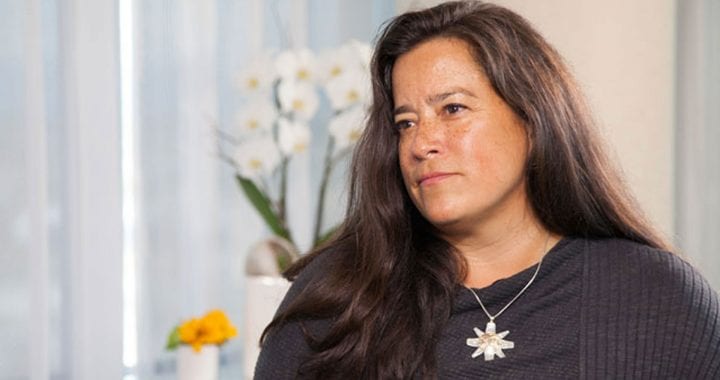
On the eve of the first meeting with federal ministers and families of missing and murdered Indigenous women in Ottawa to discuss a national inquiry, there are two young boys starting to ask questions of their mother’s murder nine years ago.
They were about two- and four-years-old when the life of their mom, Kelly Morrisseau, 27, was taken Dec. 10, 2006 on the edge of Gatineau Park.
Morrisseau was seven-months pregnant and left for dead on the cold pavement of a parking lot, bleeding from stab wounds about a kilometre from Hull hospital.
Clinging to life she was found by a man walking his dog a couple hours before sunrise.
The only thing keeping her alive was the cold temperature.
She would be pronounced dead within an hour, along with her unborn baby.
Morrisseau was a mother of three and her two youngest children, now 13 and 11, want to know what happened to their mom – more importantly they want to know why no one has been arrested for killing her.
“This time of the year, they have heavy hearts, especially with the uncertainty and general lack of information about progress in the investigation,” said one of their adoptive parents who asked that their names and location be kept anonymous. “The children are becoming concerned that Kelly’s death will be forgotten by the system as they are becoming aware of the challenges faced by Aboriginal people in this country.”
The system is soon going to be put under the microscope by the Liberal government who called a national inquiry into the crisis of nearly 1,200 Indigenous women who have either been killed or vanished over the last three decades.
The Liberals will begin by meeting with families Friday in Ottawa to hear what they want in an inquiry.
Morrisseau was originally from Sagkeeng First Nation in Manitoba, where she is buried, but some of her family live in Ottawa, where she did at the time of her death.
Morrisseau was struggling with the wide swath of addictions in the inner-city community of Vanier, on the outskirts of downtown Ottawa.
Because she was found on the Gatineau side of the Ottawa River, police there have investigated her death.
Soon after she was found, Gatineau police released a sketch of a man they called a person of interest and the description of a car they believe she was in before her murder.
However, after all these years, her murder remains unsolved.
Over the last year, APTN National News has tried to get police to open up Morrisseau’s file and allow reporters to see the work they have done to solve this case. Offering to respect any evidence police needed to hold back.

In September, after months of uncertainty, Gatineau police spokesman Const. JP Lemay said they couldn’t do it.
It would have been uncommon for police to open their file to the media said Lemay.
The former lead detective, who retired two years ago, never knowing who killed Morrisseau, also wasn’t available.
“The fact that it is an active police investigation, our people do not want to talk about details,” said Lemay.
He said it’s active in the sense that police still occasionally get “new tips so investigators work the info in priority.”
The lead investigator on Morrisseau’s case had “communications” with the family this week.
“Their response is touching and motivating for him,” said Lemay.
Morrisseau’s cousin Roxanne, was on Parliament Hill Tuesday when the national inquiry was announced.
“We’re just hopeful we’ll get some closure as a family and get some healing,” said Morrisseau of a national inquiry.
Her and Kelly’s aunt, Glenda Morrisseau, was found murdered in 1991 in Winnipeg, Man.
Her murder also remains unsolved.
There was a sign of hope about two years ago when APTN first reported that police had a potential new suspect in early 2013.
They had their eyes on Marc Leduc, a man who was charged with the murders of two Ottawa women, one dating back to 2008.
They were going to compare Leduc’s DNA to evidence the killer left behind, suggesting police at least have DNA of the man who killed Morrisseau.
That determined to be inconclusive.
Leduc wasn’t the first person police had asked to take a DNA test. The investigation has taken them throughout the country and it’s believed parts of the United States.
Lemay said, while all murders are terrible, Morrisseau’s left a lasting impact on those within the force.
APTN visited the parking lot where Morrisseau was found Thursday.
The sun was shinning and it was warm as joggers and cyclists moved about.
As for her two youngest children they are growing up in a world without their mom, waiting for answers, like too many Indigenous families across the country.











